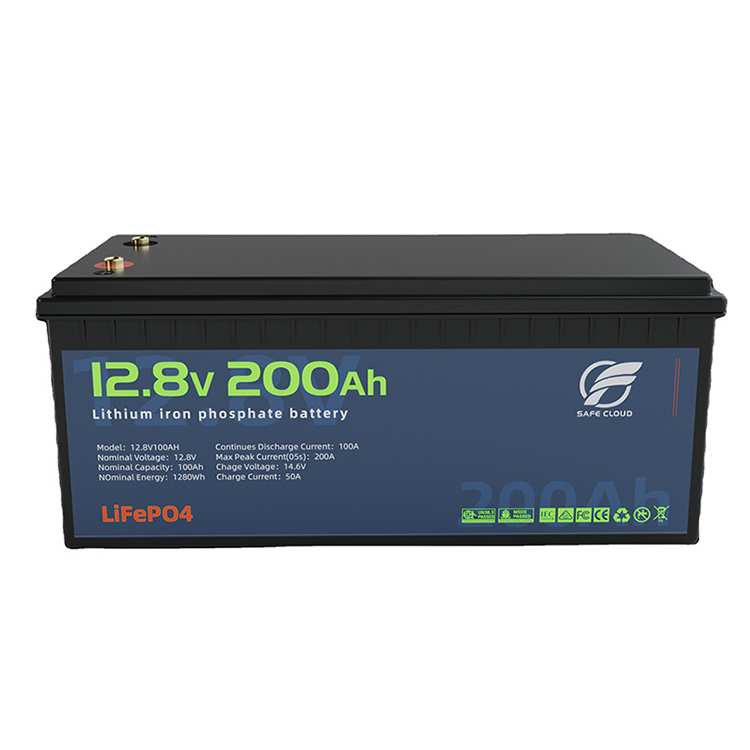Ternary lithium batteries are widely used in electric vehicles, energy storage systems, and consumer electronics due to their high energy density and stable performance. Understanding the material composition of a ternary lithium battery is essential to appreciating how these batteries function and why they are chosen over other types. But what exactly makes up a ternary lithium battery, and how do its materials impact its reliability, efficiency, and safety?

The cathode material is the defining feature of a ternary lithium battery. In an NCM-based battery, the nickel content plays a key role in improving energy density, which determines how much energy the battery can store in a given volume. Higher nickel content allows for greater energy storage, making the battery suitable for applications like electric vehicles that require extended range. However, increasing the nickel content can also reduce the battery's thermal stability and make it more sensitive to high temperatures.
Cobalt in a ternary lithium battery helps stabilize the layered structure of the cathode and ensures consistent charging and discharging behavior. Although cobalt contributes to stability and conductivity, it is expensive and has supply chain concerns due to limited global availability. As a result, manufacturers are working to reduce cobalt content or substitute it with other materials while maintaining the performance of the ternary lithium battery.
Manganese contributes to the structural integrity and thermal stability of the cathode in a ternary lithium battery. While manganese has lower energy density compared to nickel, it is more stable and less expensive. By balancing these three metals—nickel for energy, cobalt for stability, and manganese for safety—engineers can fine-tune the performance of the ternary lithium battery based on its application.
The anode in a ternary lithium battery is typically made of graphite. Graphite is chosen for its ability to host lithium ions during the charging process and release them during discharging. The graphite structure in a ternary lithium battery provides high electrical conductivity and a relatively flat voltage profile, which supports consistent energy delivery over multiple cycles.
Electrolytes in a ternary lithium battery are usually liquid solutions of lithium salts dissolved in organic solvents. These materials are essential for the movement of lithium ions between the anode and cathode. The electrolyte must be chemically stable, have a wide electrochemical window, and remain effective at various temperatures to ensure the ternary lithium battery performs reliably under different operating conditions.
A separator is also required in a ternary lithium battery to prevent direct contact between the anode and cathode, which would cause a short circuit. This component is usually made from microporous polyethylene or polypropylene films. It allows lithium ions to pass through while physically isolating the electrodes, thus ensuring safe operation of the ternary lithium battery.
Thermal management materials are often integrated into the design of a ternary lithium battery, particularly in large-scale applications like electric vehicles. These materials help regulate temperature and prevent overheating, which could thermal runaway or performance degradation.
Battery casing and external components are generally made from aluminum or stainless steel. These materials provide mechanical protection for the internal components of the ternary lithium battery and help contain any reaction products in the event of damage or failure. While not part of the electrochemical reaction, these elements are crucial to ensuring the structural safety of the battery system.
To improve safety and performance further, modern ternary lithium battery designs often include additives in the electrolyte or surface coatings on the cathode material. These modifications can suppress unwanted side reactions, enhance conductivity, and extend the service life of the battery.